Waxing Watercolors
Knowing how to adequately display screen our finished masterpieces is a important ability in the life of an artist. Watercolorists have experienced to struggle with this due to the fact, very well, without end, because of the intrusive and distracting reflections triggered by glass. Glass is employed to defend the surface. The creation of UV museum glass has aided to reduce dangerous sunlight as well as to decrease reflections and give protection. On the other hand, museum glass is incredibly high-priced, nevertheless results in some loss of clarity and is prohibited in some exhibitions (as is all glass) thanks to the possibility of breakage all through shipping or dealing with by exhibition staff members. Plexiglass is usually substituted in these circumstances, but in this article yet again, reflectivity and the unevenness of the plastic floor can bring about troubles. We want our attractive work to shine, not the glass in entrance of it!
There is an different, in some occasions, and this alternative is attaining traction with artists. When doable, we now wax our watercolors with Gamblin Cold Wax Medium. We initial listened to of this from renowned watercolorist Sarah Yeoman. At very first, you may be unwilling to implement anything at all, a great deal fewer wax, to the surface of a watercolor. The moment you check out it on a observe painting, you will be a convert. Cold wax medium has lengthy been utilised in oil portray as a medium and/or a ultimate varnish. It goes on like paste, does not dissolve watercolor, and dries non-sticky to a protecting film. When dried overnight, it can be gently buffed, or remaining as is. The extremely finest portion of waxing watercolors is that now, there is no require for glass! UV light-weight is even now an problem, nevertheless, (as with any watercolor), but waxing does offer stunning legitimate-to-lifestyle presentation and defense. Furthermore, no have to have for a mat, which makes it possible for picking from all sorts of frames, even the plein air kinds! We’ll exhibit you how it is completed.
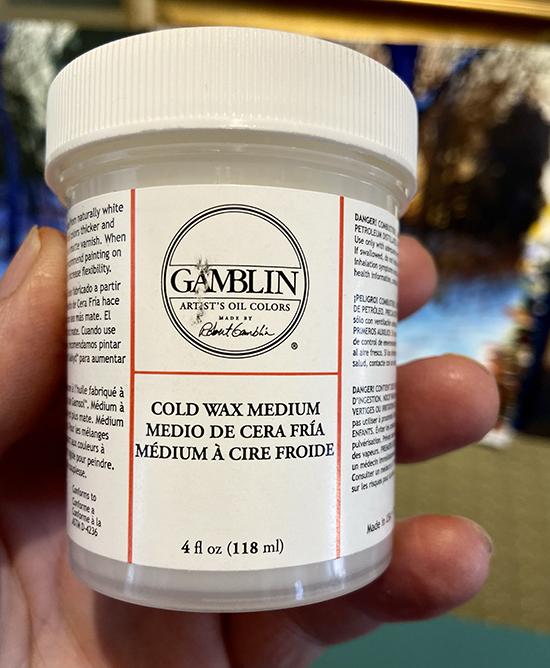
We use Gamblin Chilly Wax Medium. It is designed from the best high-quality purified white beeswax and will come in paste form for straightforward software. It can be diluted with a little bit of Gamsol if necessary, but we use it straight from the jar.
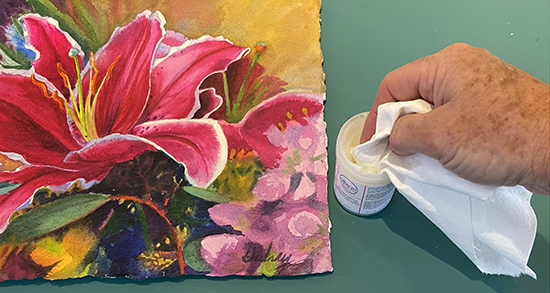
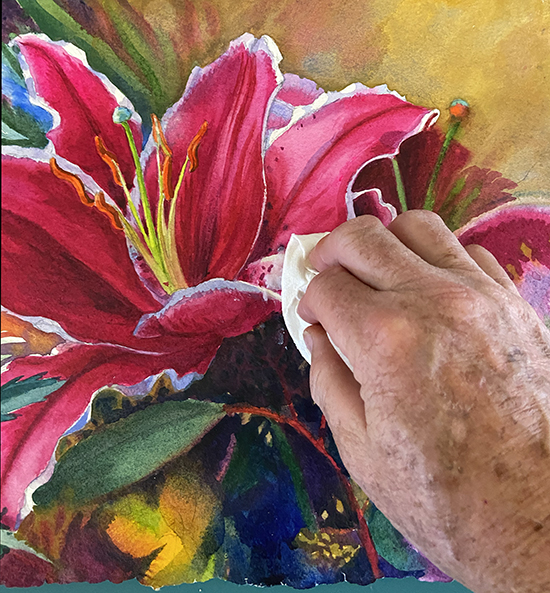
We apply it with a major-high-quality paper towel or lint-absolutely free fabric, performing it into the paper in a swirling movement. If you have utilized gouache any where to your work, be certain to test that separately to start with, to make positive it won’t dissolve in the wax. You may well take note a slight darkening of some deep colors from the wax. We find this satisfactory and even attractive in most cases—similar to the effect varnish can have on an oil portray, but, once more, you will want to examination on a observe watercolor to see if the result will work with your work. We like to get the job done on leading of a huge piece of paper to soak up the inevitable excess when doing work the edges of the photograph. Let to dry right away.
The dried watercolor can now be mounted on a substrate or matted, and below we have lots of more new options available to us that we didn’t have right before. With no the need to have for glass or even a regular mat, our creative imagination in presentation opens up. We like to get started by mounting the watercolor on thick baltic birch portray panels from Dick Blick. One particular can acquire an more than-sized panel and paint it to create a “reveal” or float rather of utilizing a mat when framed, and possibly play with the color of this reveal to accentuate the artwork. Improved yet, mount the artwork on a thick panel whose edges have been painted 1st. Then mount this ensemble onto a much larger painted panel to generate a a few-dimensional presentation when framed. Or, possibly mount your perform on a varnished or painted, deeply-cradled panel without having any frame at all. So a lot of new possibilities!
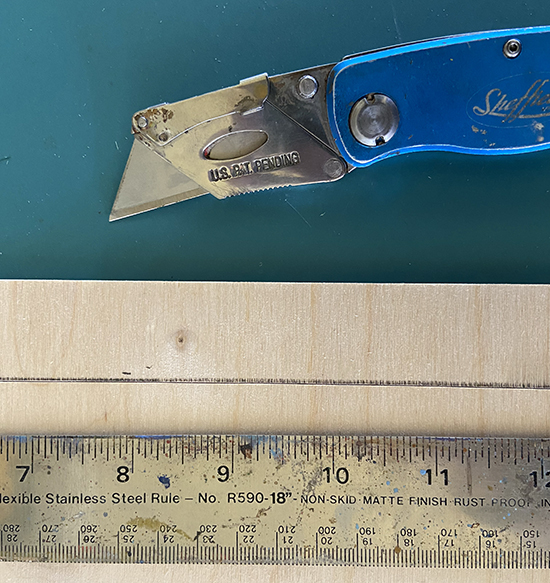
If the artwork is to be flush with the edges of the panel, the panel will have to be lower to measurement in advance of mounting. On thinner, 1/8” panels, just one can do this with a mat knife and a heavy metal ruler or yard adhere. It will involve a new blade and numerous passes, but avoids the have to have for a electric power saw. Heavier boards will require sawing with a fine-bladed circular noticed.

As an adhesive, we like to use superior-quality acrylic polymer, utilized with a brush to the again of the painting and the deal with of the panel at the similar time.

We very first lay down a large sheet of clean paper on the table and then do the job the painting and then the panel on leading of that. There will be surplus around the edges. We use a massive bristle brush dipped immediately into the jar of acrylic and generously implement an even coating to each surfaces. Observe: Be very watchful to firmly keep your portray in position even though you do this! If it slides, you may well get acrylic on the underside, the art, with unpredictable benefits.
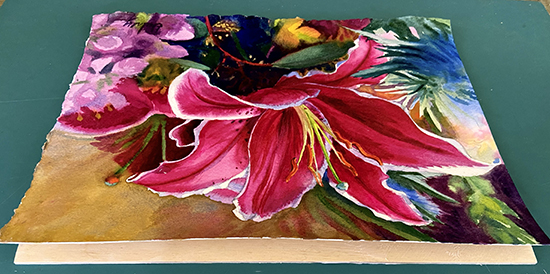
Thoroughly mount the artwork onto the panel and push alongside one another, smoothing from the centre out. We ordinarily measurement our panels slightly—maybe 1/16th” more compact than the portray, so that the artwork can be trimmed flush later on. Considerably simpler to trim the paper than to trim a board later on! Soon after the artwork is down firmly, we use a tender rubber brayer to do the remaining smoothing and thrust any air bubbles or excessive polymer out. Allow dry right away by putting weighty textbooks on top of the mounted panel.

The up coming working day, spot the mounted panel face-down on a reducing floor and trim any excessive paper from around the panel. Your watercolor is now totally sealed and protected from grime, moisture and the environment, and you are totally free to get innovative with your framing presentation!
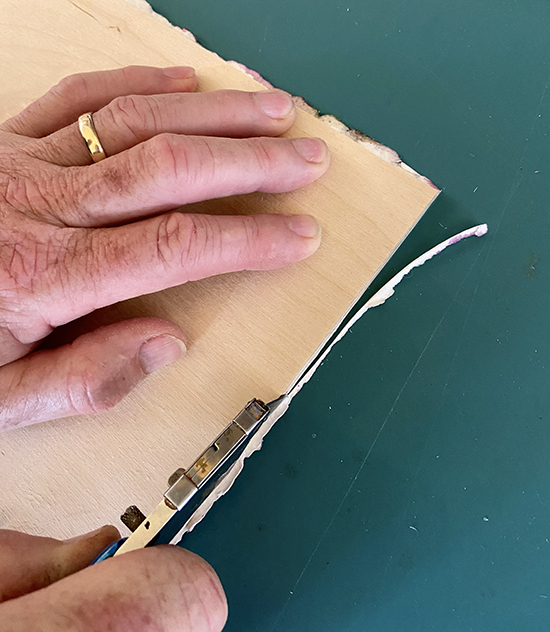
Here are just two examples of waxed watercolors with classic plein air frames. We assume you will agree that they glance fantastic without having the glass or the require for mats. We’d enjoy to see any other watercolor mounting methods which you may perhaps invent. Call us with a photograph and we’ll place them on The Artist’s Road.

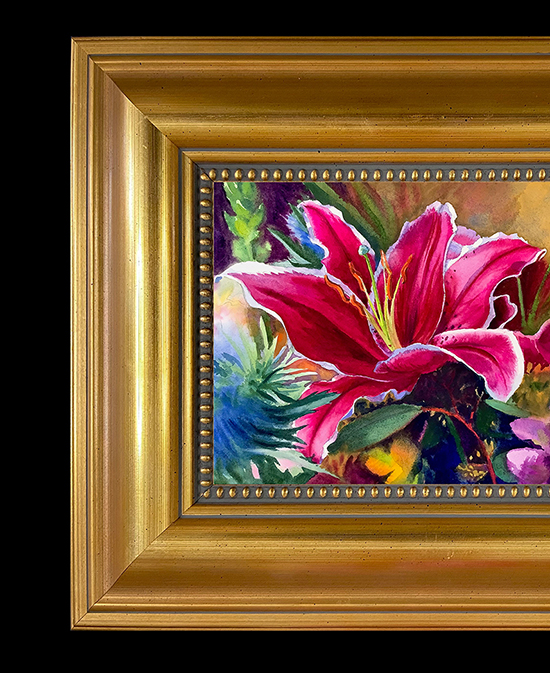

An exciting different to glassing watercolor painting.

Copyright Hulsey Trusty Layouts, L.L.C. (other than wherever observed). All rights reserved.







